Lithuania, the largest of the Baltic states, is a hidden gem in northeastern Europe, offering a perfect mix of history, culture, and natural beauty. It boasts medieval castles, picturesque coastlines, and vibrant cities like Vilnius and Kaunas. From the UNESCO-listed Old Town of Vilnius to the serene landscapes of the Curonian Spit, Lithuania has something for every traveler. Whether you’re delving into its rich heritage, savoring traditional Lithuanian cuisine, or embracing outdoor adventures, this comprehensive guide provides essential Lithuania travel tips and must-visit destinations to help you plan the perfect trip.
Location
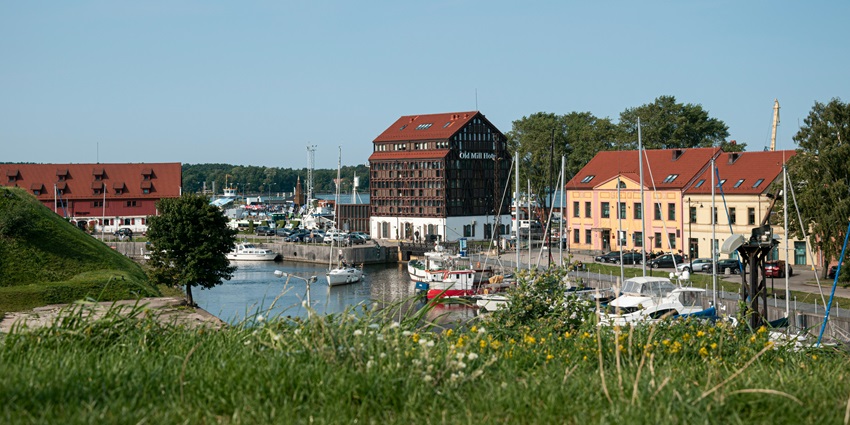
Photo: Arvydas Venckus / Unsplash
Lithuania is a Baltic country in northeastern Europe, bordered by Latvia to the north, Belarus to the east and south, Poland to the southwest, and the Baltic Sea to the west. Its strategic location has historically made it a cultural and trade crossroads. The capital, Vilnius, is in the southeastern part of the country, while other major cities like Kaunas and Klaipėda serve as economic hubs. Lithuania’s diverse geography includes forests, lakes, and a scenic coastline along the Curonian Spit.
How To Reach
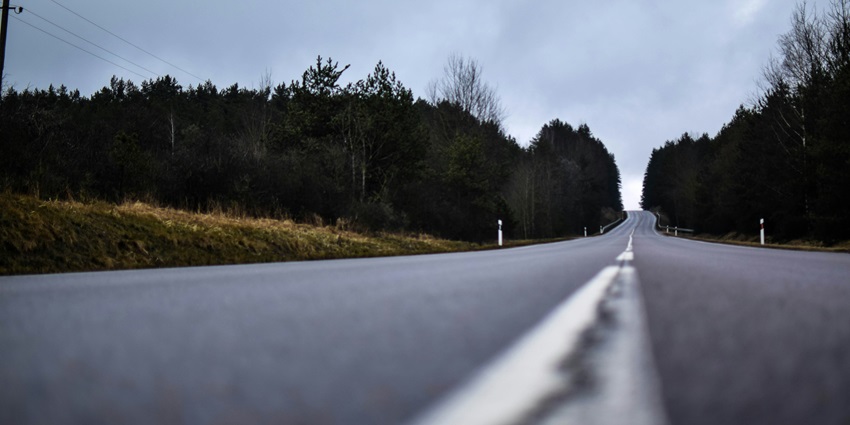
Photo: Egidijus Bielskis / Unsplash
By Air: Direct international flights arrive at Vilnius International Airport (VNO) and Kaunas International Airport (KUN).
By Road: Well-maintained highways connect Lithuania to neighboring Latvia, Poland, and Belarus.
By Rail: International train routes run from major European cities to Lithuania.
By Sea: Ferries connect Lithuania’s coastal city Klaipėda to Sweden and Poland.
Places To Visit In And Around Lithuania
1. Vilnius Old Town
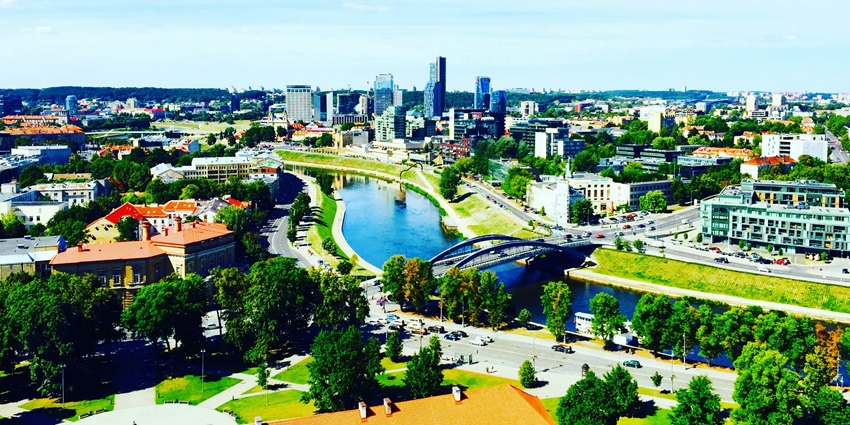
A UNESCO World Heritage site, Vilnius Old Town is a stunning blend of medieval, Gothic, Renaissance, and Baroque architecture. The historic center is filled with charming cobblestone streets, vibrant cafes, and cultural landmarks. Must-visit attractions include the iconic Gediminas’ Tower, offering panoramic views of the city, and Vilnius Cathedral, a masterpiece of neoclassical design. Wander through Pilies Street for a taste of Lithuania’s past, or explore Užupis, a quirky, artistic district.
Location: Vilnius, Lithuania
Major Attraction: Gediminas’ Tower
Nearest Airport: Vilnius International Airport (VNO)
Nearest Train Station: Vilnius Railway Station
2. Trakai Castle
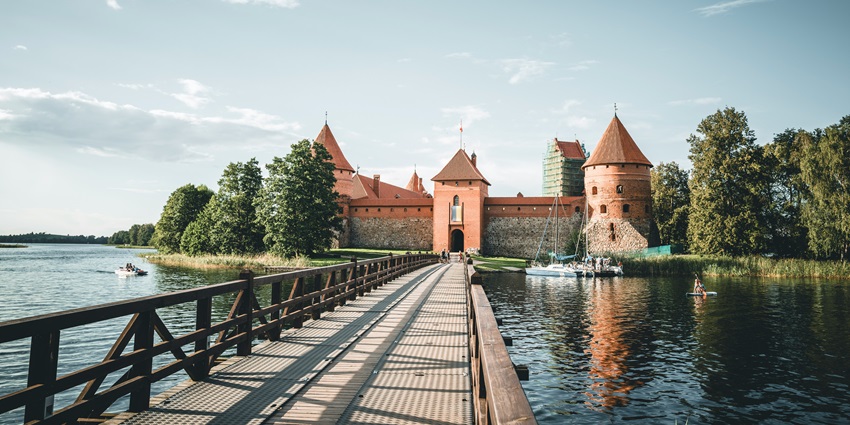
Photo: Hans-Joachim Kaiser / Unsplash
Nestled on an island in Lake Galvė, Trakai Castle is one of Lithuania’s most picturesque landmarks. Originally built in the 14th century, the castle played a significant role in the Grand Duchy of Lithuania’s defense. Today, it houses a museum showcasing medieval artifacts and the history of the region. Visitors can enjoy boat rides on the lake, stroll along wooden bridges, or taste traditional Karaim cuisine, unique to Trakai. The surrounding landscape makes for a perfect day trip from Vilnius.
Location: Trakai, Lithuania
Major Attraction: Trakai History Museum
Nearest Airport: Vilnius International Airport (VNO)
Nearest Train Station: Trakai Railway Station
3. Curonian Spit
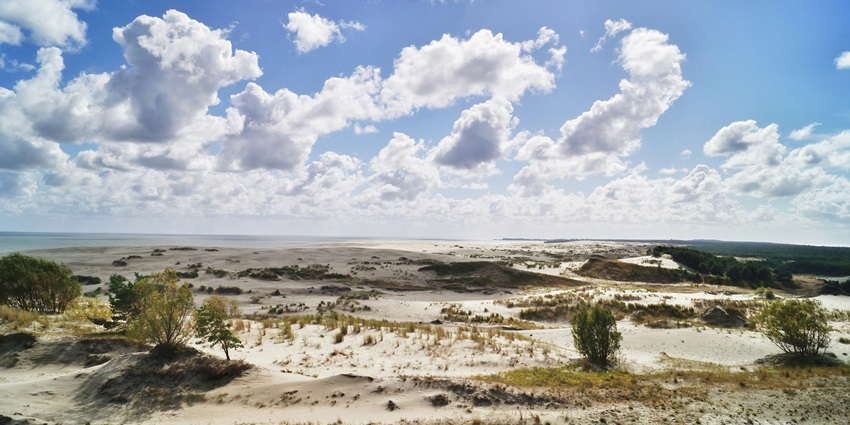
Photo: Vitaliy Gavrushchenko / Unsplash
A UNESCO World Heritage site, the Curonian Spit is a breathtaking 98 km-long sand dune peninsula shared by Lithuania and Russia. Known for its shifting dunes, pristine beaches, and lush pine forests, this natural wonder is perfect for nature lovers. Nida, the largest town, offers a mix of cultural attractions and stunning coastal scenery. Birdwatchers will love the Ventė Cape Ornithological Station, while hikers can explore the Parnidis Dune for mesmerizing views of the Baltic Sea and the Curonian Lagoon.
Location: Curonian Spit National Park, Lithuania
Major Attraction: Parnidis Dune
Nearest Airport: Palanga International Airport (PLQ)
Nearest Train Station: Klaipėda Railway Station
4. Hill Of Crosses
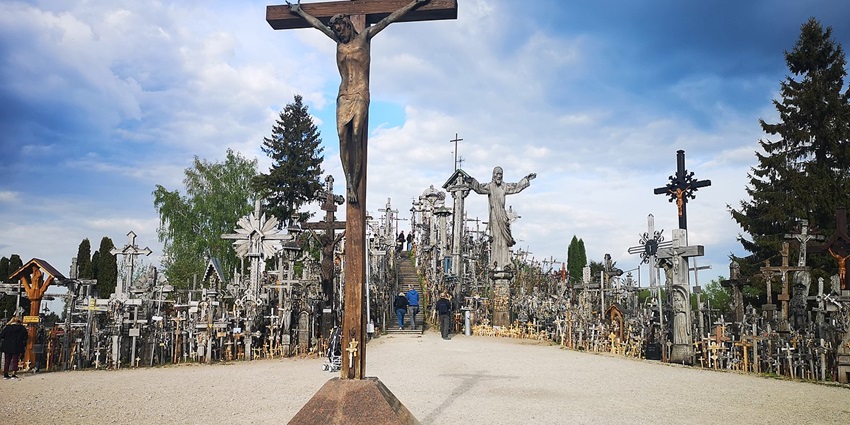
Photo: Alet123 / Wikimedia Commons
The Hill of Crosses, near Šiauliai, is one of Lithuania’s most profound spiritual and historical landmarks. Covered in thousands of crosses left by pilgrims, this site is a powerful symbol of faith, resilience, and national identity. The origins of the hill date back to the 19th century, with crosses continuously placed despite Soviet efforts to remove them. Walking among the intricately carved crosses, visitors experience an atmosphere of deep reverence and spirituality, making it a must-visit for history and culture enthusiasts.
Location: Jurgaičiai, Lithuania
Major Attraction: Pilgrimage Site
Nearest Airport: Kaunas International Airport (KUN)
Nearest Train Station: Šiauliai Railway Station
5. Palanga Amber Museum
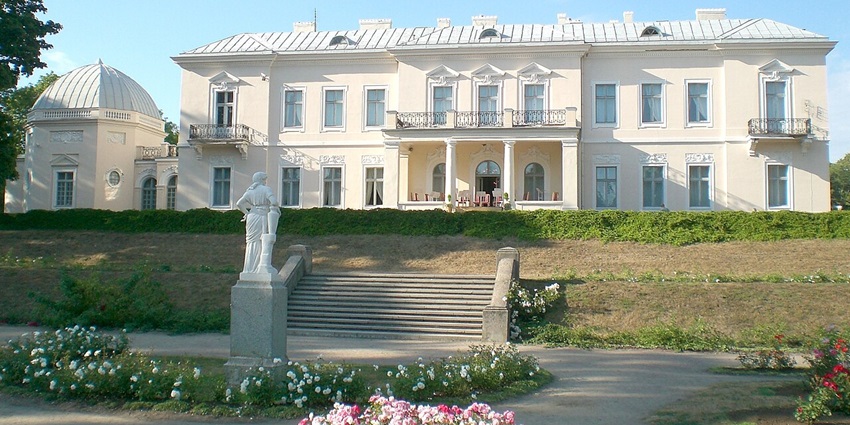
Photo: ThomasPusch / Wikimedia Commons
Housed in the grand 19th-century Tyszkiewicz Palace, the Palanga Amber Museum showcases Lithuania’s deep connection to Baltic amber. The museum’s collection includes over 4,500 amber pieces, with fascinating inclusions of ancient insects and plant matter. Visitors can explore beautifully landscaped botanical gardens surrounding the palace, designed by French architect Édouard André. Palanga itself is a vibrant seaside resort, making this museum an ideal stop before enjoying the sandy beaches and lively summer nightlife along the Baltic coast.
Location: Vytauto g. 17, Palanga, Lithuania
Major Attraction: Amber Collection with Fossilized Inclusions
Nearest Airport: Palanga International Airport (PLQ)
Nearest Train Station: Kretinga Railway Station
Where To Stay
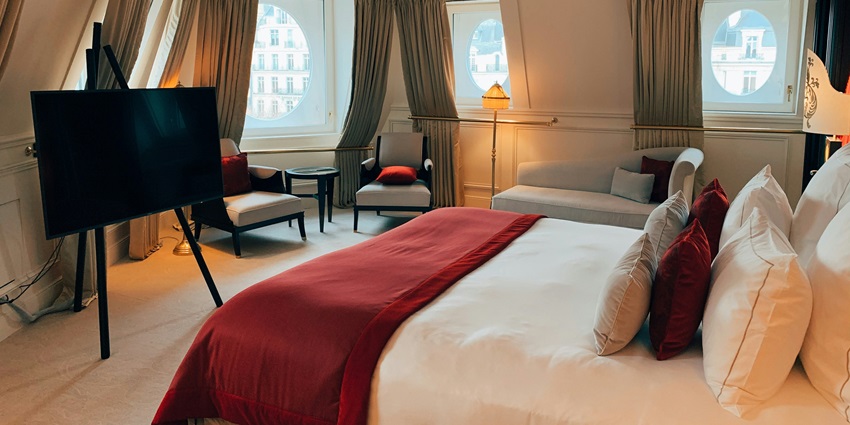
Lithuania offers diverse accommodation options, ranging from luxury hotels to cozy countryside retreats. In Vilnius, five-star hotels like the Grand Hotel Kempinski provide top-tier comfort with elegant rooms and fine dining. Budget travelers can find affordable yet stylish hostels and boutique hotels in major cities like Kaunas and Klaipėda. For a unique experience, countryside homestays and lakeside cabins offer a peaceful retreat surrounded by nature.
Where To Eat

Photo: Vita Marija Murenaite / Unsplash
Lithuanian cuisine is rich in flavors, blending hearty ingredients with traditional cooking methods. Signature dishes like cepelinai (potato dumplings filled with meat or cheese) and šaltibarščiai (cold beet soup) are must-tries. Vilnius and Kaunas boast top-rated restaurants like Lokys, known for medieval-inspired dishes, and Etno Dvaras, which serves authentic Lithuanian meals. Street markets offer freshly baked rye bread, kibinai pastries, and smoked fish, while modern bistros provide a contemporary twist on classic Baltic flavors.
Best Time To Visit
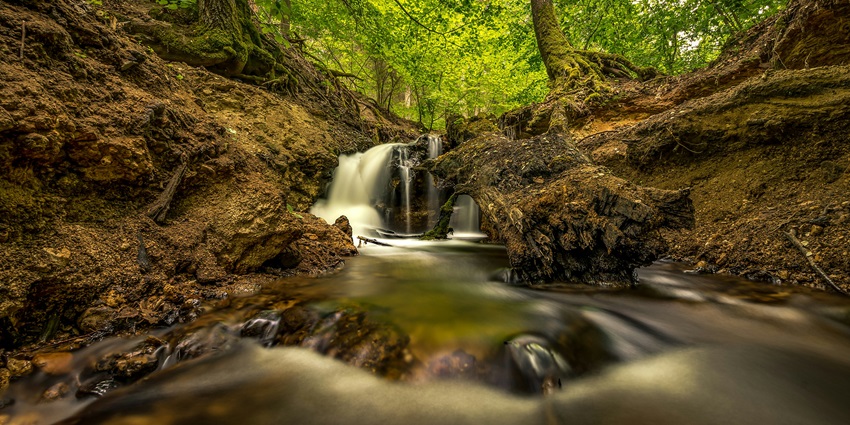
Photo: Mindaugas Vitkus / Unsplash
The best time to visit Lithuania depends on the traveler’s preferences. Late spring (May to June) and early autumn (September to October) offer mild temperatures, colorful landscapes, and fewer crowds, making them ideal for sightseeing. Summer (July to August) is perfect for enjoying Lithuania’s beaches, lakes, and outdoor festivals. Winter (December to February) brings a magical charm, with snow-covered streets, festive Christmas markets, and opportunities for ice skating and skiing in resorts like Druskininkai and Ignalina.
Other Factors To Consider
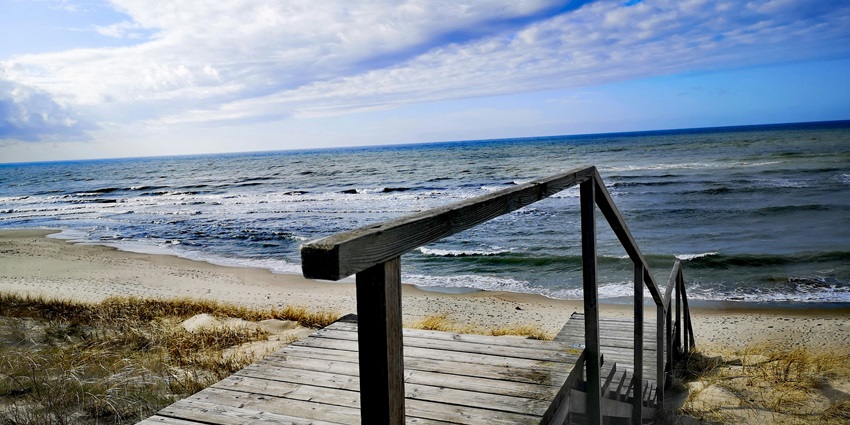
Photo: Inga Jagminaitė / Unsplash
- Lithuanian is the official language, but English is widely spoken in major cities.
- Cities have well-developed public transportation networks, including buses and trolleybuses. Ride-sharing services are also available.
- Tipping is customary in restaurants (around 10 percent), and greeting with a handshake is common.
Whether you’re exploring the medieval charm of Vilnius, admiring the breathtaking dunes of the Curonian Spit, or uncovering the mysteries of the Hill of Crosses, every corner of this Baltic gem has something unique to offer. From vibrant cityscapes to serene landscapes, Lithuania is perfect for travelers seeking both adventure and relaxation. Book your trip today with tripXL and enjoy a seamless, hassle-free travel experience!
Cover Photo: Maksim Shutov / Unsplash


 WhatsApp
WhatsApp
 Twitter
Twitter









